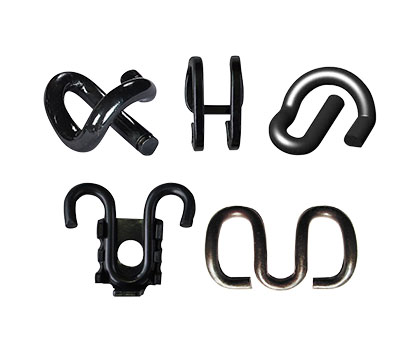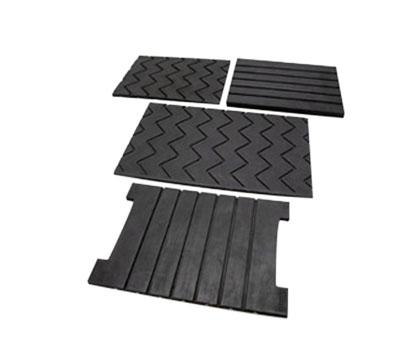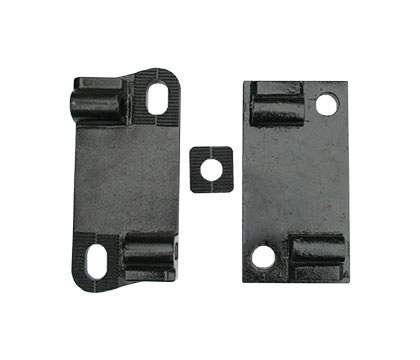In recent years, companies have invested large amounts of money in research, launching innovative new products. A large part was played by the elastic track fastening systems. For different railways, everything is different, from the climate conditions and commercial speed to the axle weight. Therefore, for every specific case it is necessary to develop studies and do research, based on which prototypes are obtained. Afterwards, following several laboratory and on-site trials, the products are qualified for usage in the specific conditions of a certain railway network. A little historical background on what these elastic track fastening systems represent might offer some interesting clues related to their importance.
And in the field of urban transport, a good example is the Basarab underground passageway, a project developed by Bucharest Municipality (Romania). In this case, there were used only modern, non-ballasted elastic track fastening systems. Hence, for every land lines, the fastening systems used were the WTRAM, while for the underground lines and adjacent ramps the system used was the 336 elastic fastener.


The advantages of using elastic fasteners include: increase of track lifecycle by diminishing track wear and tear, improved curve radius for locomotives and rail cars, increase in passenger comfort, decrease of noise and vibrations, significant decrease in maintenance operations.




